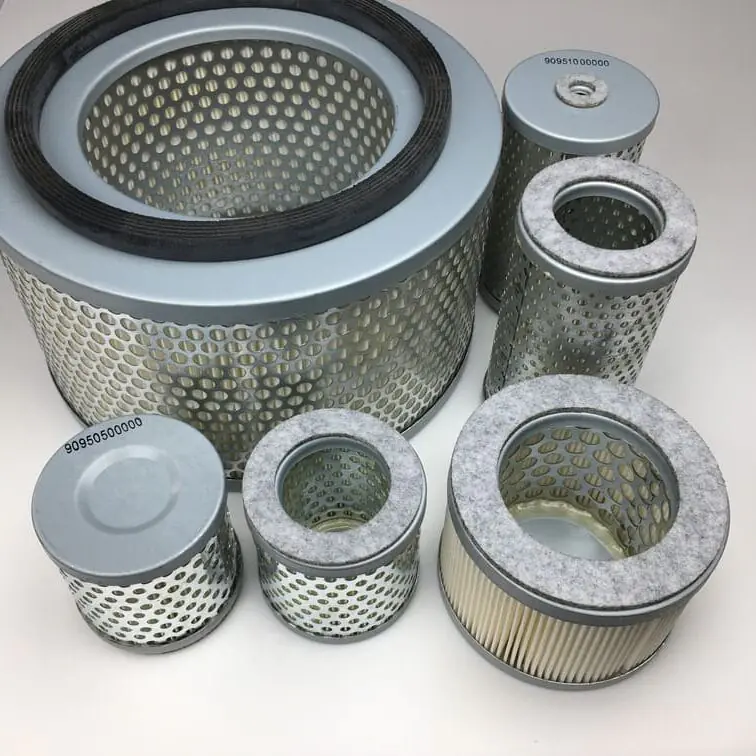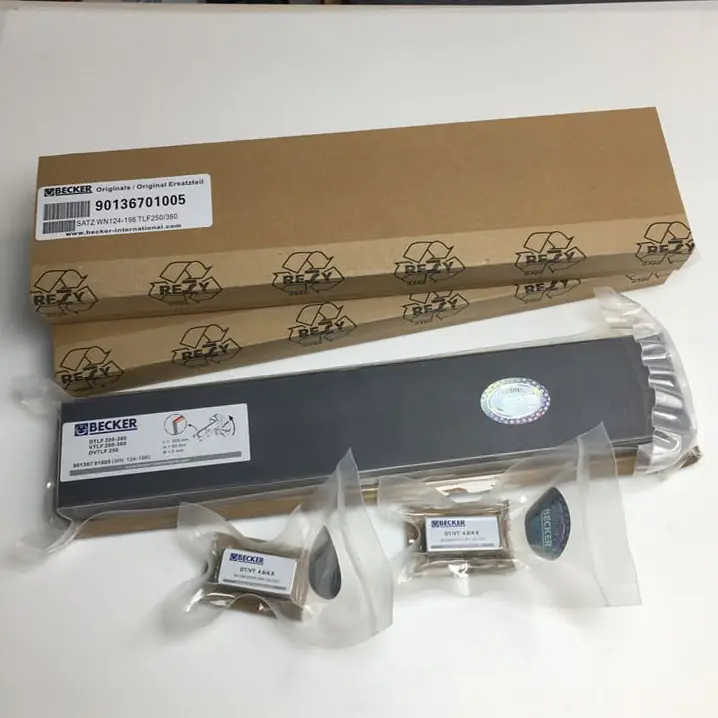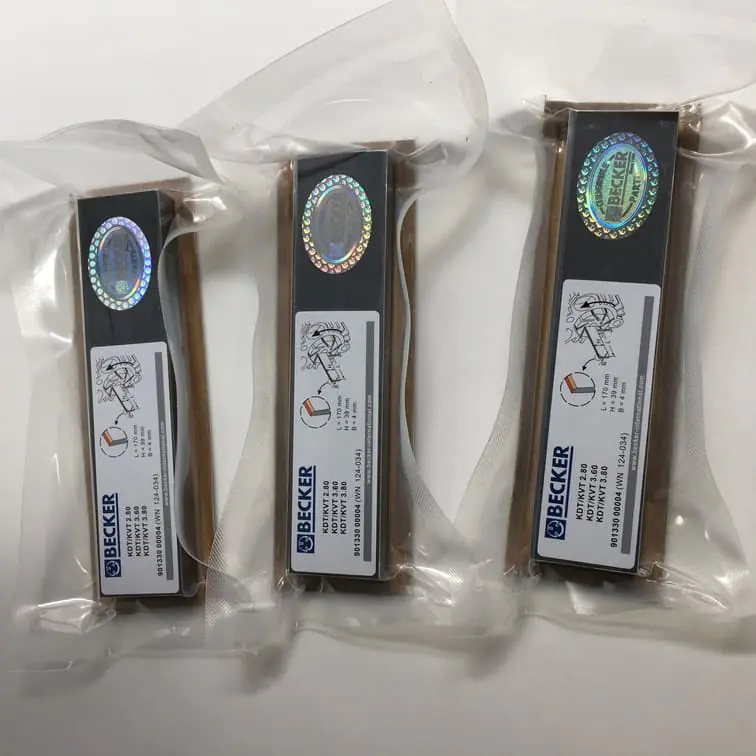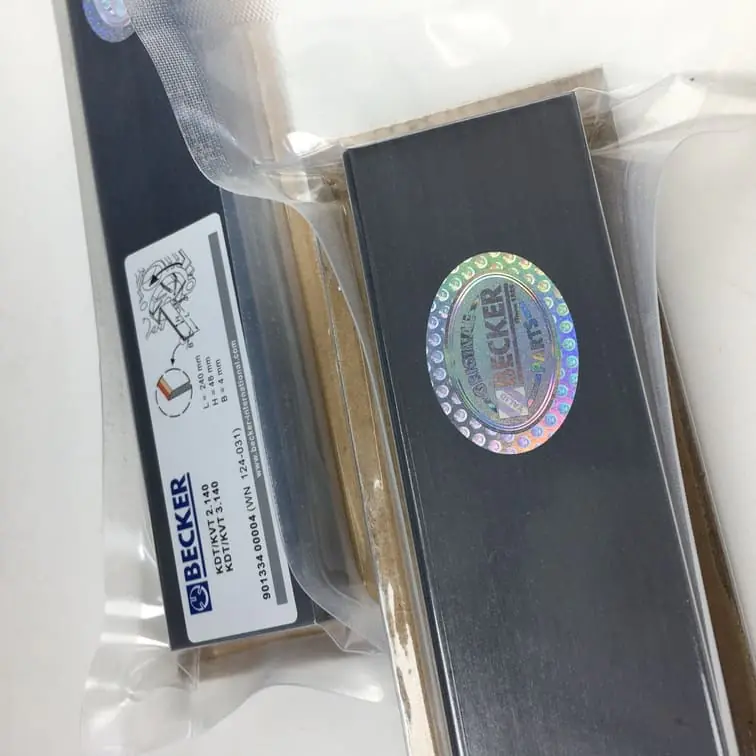How to Vacuum Car AC Without a Vacuum Pump
Vacuuming your car’s air conditioning system is crucial to ensure the A/C works efficiently, free from moisture and contaminants. Typically, this process involves using a specialized vacuum pump. But what if you don’t have one? This guide explores methods to vacuum your car A/C without a vacuum pump, with practical solutions and techniques that you can apply safely. This way, you can ensure that your car A/C system stays clean and runs smoothly.
Why Vacuuming Your Car AC is Important
Before diving into the methods, it’s important to understand why vacuuming your car A/C is essential. The main goal is to remove air, moisture, and other contaminants from the system.
Moisture Removal
Moisture in the car’s A/C system can cause serious issues, such as:
- Ice Formation: Moisture can freeze and form ice, blocking critical valves and passageways.
- Chemical Reaction: Moisture can react with refrigerant, leading to acid formation that can corrode metal components.
By vacuuming the A/C system, you ensure it’s ready for refrigerant, without the risk of contamination.
Air and Contaminant Removal
When air remains in the system, it can lead to reduced cooling efficiency. Contaminants can also damage the compressor and other components, shortening the lifespan of the A/C unit.
“Proper vacuuming is critical for ensuring efficient cooling and extending the life of the car A/C system.”
Methods to Vacuum Car AC Without a Vacuum Pump
While using a vacuum pump is the standard, there are a few alternative methods that can be used in case you don’t have one. These methods are not as effective as using a vacuum pump, but they can work if you’re in a pinch.
1. Manual Vacuum Using the Compressor Method
One of the more popular alternatives to vacuuming the A/C system without a vacuum pump involves using the compressor itself.
Steps to Follow:
- Relieve System Pressure: Ensure there is no refrigerant left in the A/C system by connecting a manifold gauge set and relieving any pressure safely.
- Use the Compressor: Once the refrigerant is evacuated, reattach the high and low-pressure gauges and close the system.
- Cycle the Compressor: Start the car and engage the A/C system, allowing the compressor to run for short bursts. This creates a vacuum effect in the system as it draws any remaining air and moisture.
- Observe Gauge Pressure: Monitor the pressure on the manifold gauges, and cycle the compressor multiple times until the system reaches a negative pressure.
Advantages:
- Utilizes existing A/C components, so no additional equipment is needed.
- Suitable for minor moisture removal.
Disadvantages:
- Not as effective as using a dedicated vacuum pump.
- Repeated cycling is needed, which may put stress on the compressor.
2. Bleeding the System with Refrigerant
Another way to effectively “vacuum” the car A/C system is by bleeding it using a small amount of refrigerant.
How to Bleed the System:
- Add a Small Amount of Refrigerant: Inject a small quantity of R134a refrigerant into the system.
- Bleed Air Out: Open the high-pressure side valve slightly to bleed out the air in the system. The idea is to allow air to escape while keeping enough refrigerant in the system.
- Repeat Several Times: This method involves repeating the process multiple times until all the air has been expelled.
Advantages:
- Simple to do with basic tools.
- Involves minimal equipment.
Disadvantages:
- Wastes refrigerant.
- Can be time-consuming, especially for larger systems.
- Might not remove all moisture effectively.
3. Gravity and Heat Method
Using gravity and heat to remove air and moisture from the A/C system is an old technique but can be effective if no other option is available.
Steps to Use Gravity and Heat:
- Disconnect Components: Disconnect the high and low-pressure hoses from the A/C system.
- Heat the System: Use a hairdryer or heat gun to gently heat the A/C components. The idea is to evaporate any moisture present inside the system.
- Allow Drainage: Position the disconnected hoses to allow any condensate to drain out by gravity.
Advantages:
- Does not require specialized equipment.
- Useful in situations where the system has minimal moisture.
Disadvantages:
- Time-consuming.
- Cannot create a deep vacuum, and therefore some air might still be present.
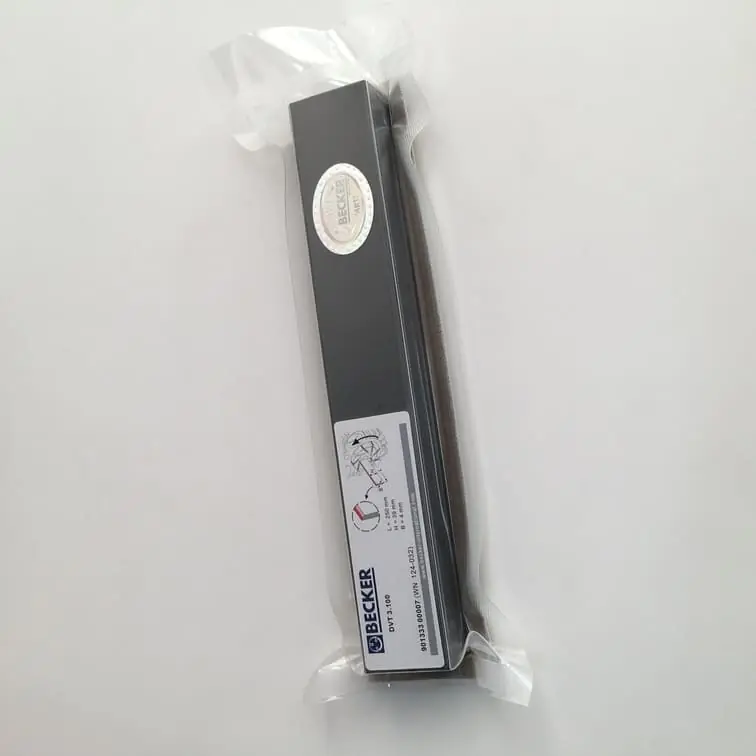
Key Considerations for Vacuuming Without a Vacuum Pump
While the methods above provide alternatives, there are certain important considerations when vacuuming a car A/C system without a dedicated pump.
Effectiveness of Moisture Removal
Without a proper vacuum pump, achieving a complete vacuum and removing all moisture is challenging. It is crucial to remember that even a small amount of moisture can significantly affect the performance of the A/C system.
- Use of Dryers: If possible, replace or add a receiver/dryer to help absorb any moisture that remains.
- Risk of Acid Formation: Moisture left in the system can react with the refrigerant to form acids, leading to corrosion of metal parts and potentially causing damage to the compressor.
Tools Needed
The following tools will be helpful when vacuuming a car A/C without a pump:
- Manifold Gauge Set: Essential for monitoring the pressure and controlling the refrigerant flow.
- Refrigerant: R134a refrigerant to aid in bleeding air from the system.
- Hairdryer or Heat Gun: For the gravity and heat method to assist in moisture evaporation.
“Always ensure safety protocols are followed when dealing with refrigerants and high-pressure systems.”

DIY vs. Professional Service
Vacuuming a car A/C system without the right equipment can be risky and often leads to less-than-optimal results. If the A/C system is not vacuumed correctly, it could lead to poor performance and potential damage.
Advantages of Professional Vacuuming
- Guaranteed Results: A professional service has the right tools, including a vacuum pump that can achieve the necessary vacuum levels to remove all contaminants.
- Long-term Reliability: Ensures that the A/C system operates effectively without the risk of damage due to leftover moisture.
Recommendation: If budget allows, getting the system vacuumed by a professional using a dedicated vacuum pump is always the best approach.
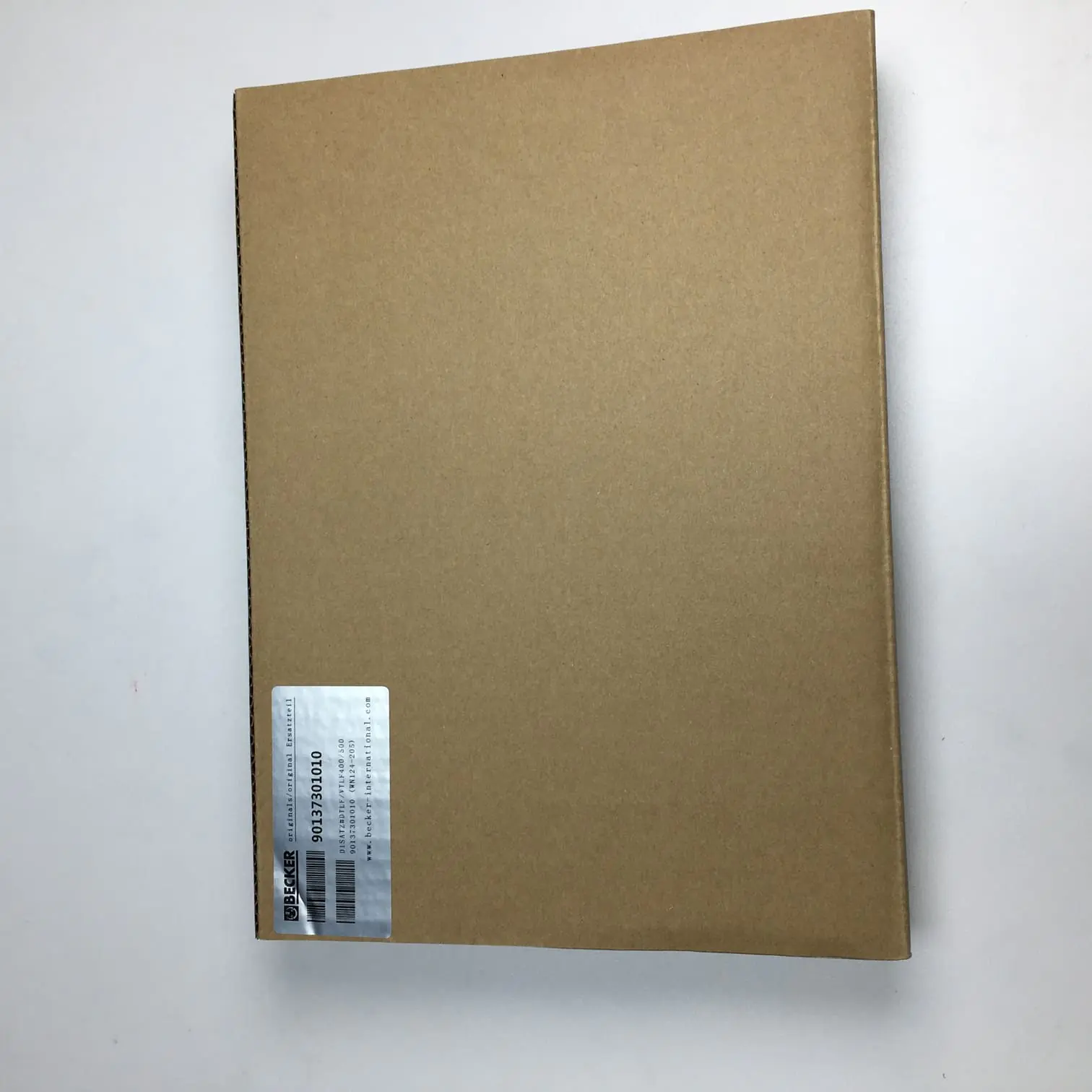
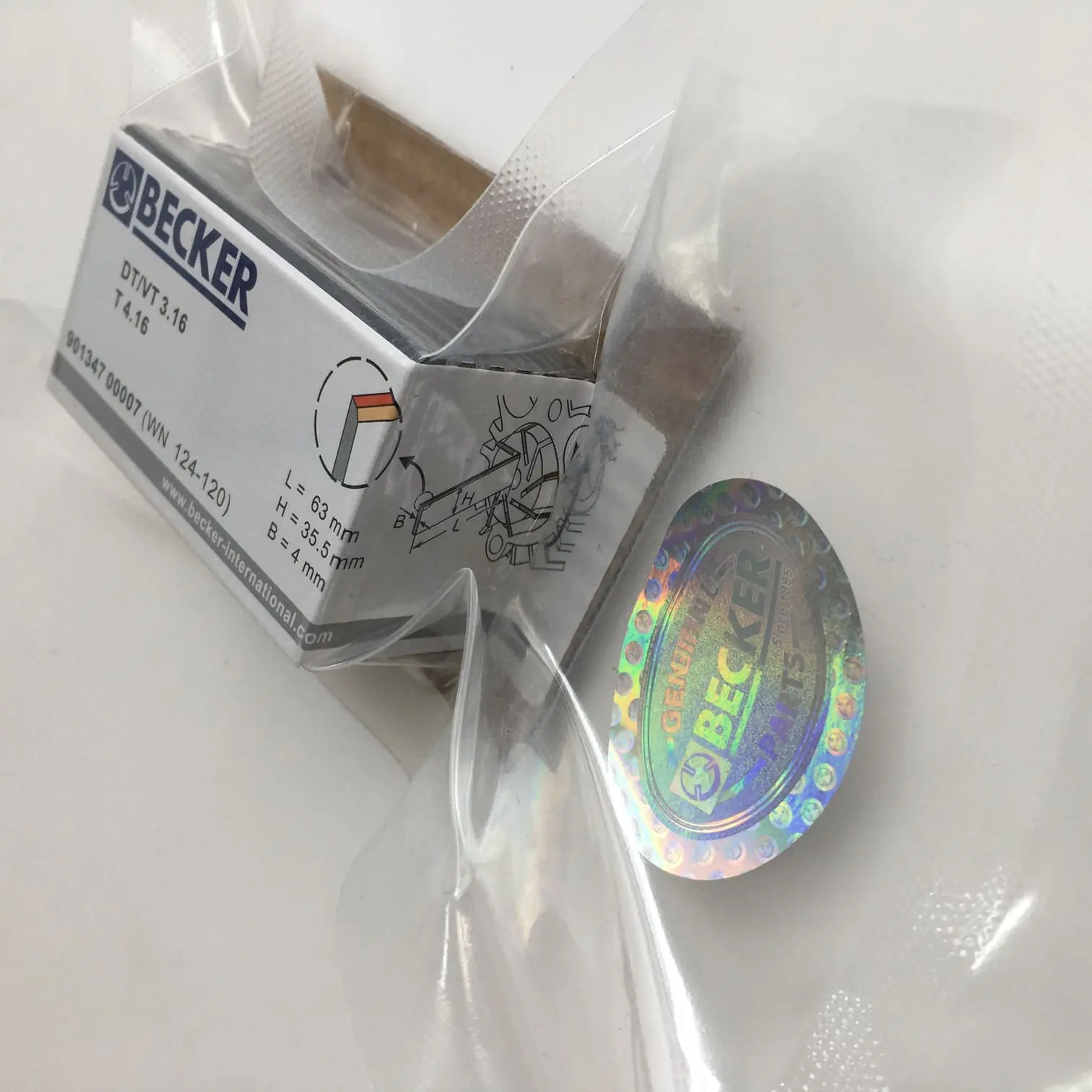
Maintaining Your Car A/C System
Once the A/C system is vacuumed, proper maintenance is key to ensuring long-term efficiency and cooling comfort.
1. Regular Refrigerant Check
Ensure that the refrigerant is topped up and free from leaks. Low refrigerant levels can cause the system to underperform and eventually lead to damage.
- DIY Refrigerant Kits: You can purchase DIY refrigerant kits to top up the refrigerant levels, but always use gauges to monitor pressure accurately.
2. Inspecting for Leaks
Leaks are a common reason for reduced A/C efficiency. Use a UV leak detector or soapy water to check for leaks at the joints and seals.
- Refrigerant Dye: Adding a dye can also help in pinpointing small leaks that may not be visible to the naked eye.
3. Clean the Condenser and Evaporator
Keeping the condenser and evaporator coils clean can help improve the system’s overall efficiency.
- Cleaning Frequency: Clean every 6-12 months or more frequently in dusty environments.
- Tools: Use a soft brush or compressed air to remove dust and debris from the coils.
4. Use a High-Pressure Access Valve
In situations where regular vacuuming is not possible, using a high-pressure access valve can help you manually release air from the system.
- Safety Note: Use this valve carefully, as releasing refrigerant is illegal in many regions due to environmental concerns.
FAQs
1. Is it possible to vacuum a car A/C system without a pump?
Yes, it is possible by using alternative methods like using the compressor, bleeding the system with refrigerant, or using heat to evaporate moisture. However, these methods are not as effective as using a proper vacuum pump.
2. What is the role of vacuuming in an A/C system?
Vacuuming removes moisture and air from the A/C system, which helps prevent issues like ice formation, corrosion, and reduced cooling efficiency.
3. Can I reuse the refrigerant after bleeding the system?
No, once refrigerant is bled from the system, it should not be reused. It can become contaminated with moisture and air, which would reduce system efficiency if reused.
4. What happens if I don’t vacuum my car A/C system?
If you do not vacuum your car A/C system, the refrigerant may mix with moisture and air, which can lead to inefficient cooling, corrosion of internal parts, and eventual damage to the compressor. Moisture in the system can also cause ice formation, leading to blockages and reduced performance.
5. How often should I vacuum my car A/C system?
You should vacuum your car A/C system whenever you open it for repairs, replace components, or if the system shows signs of moisture contamination. It is not typically part of routine maintenance but is essential during major repairs.
6. Can I add refrigerant without vacuuming the A/C system?
It is not recommended to add refrigerant without first vacuuming the system, as this will leave moisture and air inside. This can compromise the cooling efficiency and potentially damage system components.
Conclusion
Vacuuming your car A/C system without a vacuum pump is possible, though not ideal. The methods outlined—using the compressor, bleeding with refrigerant, and applying heat—can help remove some of the moisture and air, but they are not as effective as using a dedicated vacuum pump. For the best results, it’s always advisable to seek professional help, especially if you want to ensure the longevity and efficiency of your car’s A/C system.
Proper maintenance is also crucial. Regular checks, keeping the condenser clean, and ensuring there are no leaks can go a long way in ensuring your car A/C runs smoothly. If you find yourself in need of specialized tools or parts, consider professional services or products to help maintain optimal performance and comfort.
For more information on A/C tools and services, don’t hesitate to reach out to trusted automotive maintenance professionals who can guide you through the process.

